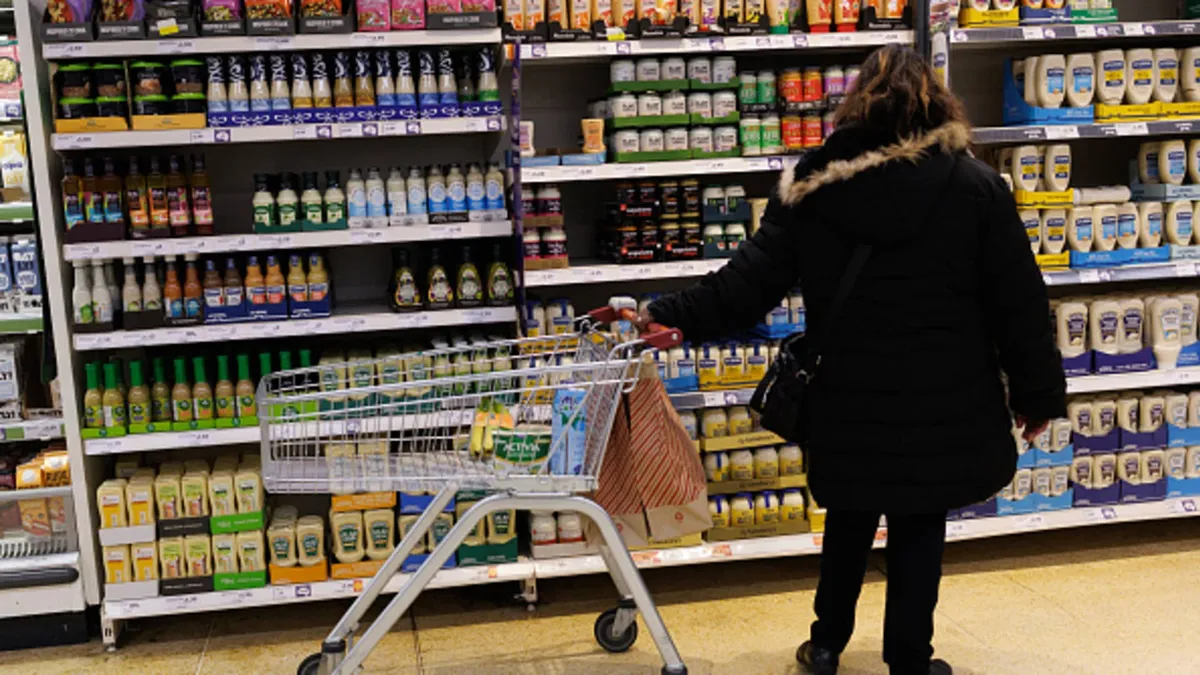
The U.K.'s annual inflation rate reached a surprising 3.5% in April, exceeding analyst predictions, as reported by the Office for National Statistics (ONS) on Wednesday. Economists surveyed by Reuters had forecasted that the consumer price index would rise to 3.3% for the twelve months leading up to April. This latest data release is notable against a backdrop of recently cooling inflation rates, which had dropped to 2.8% in February and 2.6% in March.
In addition to the overall inflation figure, core inflation, which excludes more volatile categories such as energy, food, alcohol, and tobacco, increased by 3.8% compared to 3.4% in March. The primary drivers of the monthly change in inflation rates were attributed to increases in housing and household services, transport, and recreation and culture. Conversely, the largest offsetting downward pressure came from clothing and footwear, according to the ONS press release.
Economists had anticipated this rise in inflation, largely attributing it to the recent increase in the energy price cap, which sets a maximum price energy suppliers can charge consumers. Other contributing factors included one-off adjustments such as domestic business tax increases introduced in April, as well as seasonal impacts from the Easter holidays and favorable weather conditions. Julien Lafargue, chief market strategist at Barclays Private Bank, noted in an email that this data would create a "relatively noisy report" as the Bank of England navigates its next steps. However, he expressed a belief that the overall trend for U.K. inflation is downward, potentially allowing the central bank to consider further interest rate cuts this year.
Following the publication of the April inflation data, the British pound experienced a notable uptick, rising approximately 0.4% against the U.S. dollar. British Chancellor Rachel Reeves expressed disappointment regarding the latest inflation figures, emphasizing that cost of living pressures continue to burden working individuals. The Bank of England had previously signaled an expectation for a temporary rise in inflation to 3.7% during the third quarter, influenced partly by hikes in energy prices and regulated prices such as water bills.
Despite the forecasted increase, the Bank of England proceeded to lower its key interest rate to 4.25% during its early May meeting, citing ongoing uncertainty regarding the broader economic landscape. The BOE has indicated that any future interest rate cuts would be implemented gradually, as it aims to reduce the inflation rate back to its target of 2%. However, the pace of these cuts could change if U.S. trade tariffs adversely affect global demand and impact U.K. economic growth more significantly than anticipated.
In a rare piece of positive news, the U.K. saw preliminary quarterly gross domestic product (GDP) data indicate a growth of 0.7% in the first quarter. Economists caution that this robust growth is unlikely to continue into the second quarter, suggesting that the impressive first-quarter performance was largely driven by businesses advancing their activities in anticipation of potential U.S. tariffs and the increase in domestic business taxes in April.